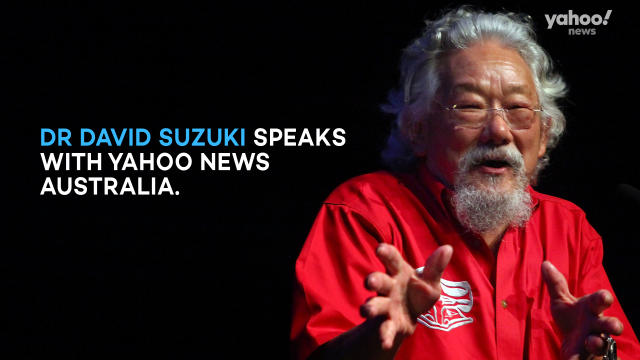AMERICAN GRIFTERS
How Trump’s children are still costing taxpayers money
Gino Spocchia
Wed., May 5, 2021
The Independent

Children of former US president Donald Trump, with security(REUTERS)
The children of Donald Trump are continuing to cost US taxpayers hundreds of thousands a month for travel, a government watchdog group has found.
US Secret Service agents filed $140,000 (£100,000) in receipts for travelling with Eric, Ivanka and Donald Trump Jr in February, according to the watchdog CREW (Citizens for Responsibility and Ethics in Washington).
The figure was for the first month after the former president’s departure from Washington DC, and does not refer to any Secret Service fees incurred at Trump businesses.
The real figure for taxpayers, according to CREW, could be far higher.
The findings follow a Freedom of Information Act request for the cost of extending Secret Service protection to the former president’s children for a further six months after the president left office.
US Secret Service agents spent $52,296.75 (£37,584) on travel and $88,678.39 (£63,731) on accommodation for escorting the Trumps on foreign and domestic trips in February, according to the filings.
It included security for Ivanka Trump and Jared Kushner for 10 days in Salt Lake City in January, straight after the inauguration of US president Joe Biden.
The trip cost $62,599.39 (£45,000) in accommodation for the security, and was followed by a trip to the Trump National Golf Club Bedminster in New Jersey, for which there were no receipts, and another vacation in Miami.
Eric and Lara Trump, in February, were at the Trump National Golf Club Westchester in New York, for which there were no receipts.
The couple also travelled into Queens, and to Miami, Lake Placid, and Palm Beach — the latter costing the Secret Service more than $10,000 (£7,186) in accommodation fees.
Donald Trump Jr., the eldest child of the former president, also spent time in New York City, Long Island, and Upstate New York.
CREW wrote of the findings that “If just one month of the Trump children’s extended Secret Service protection cost $140,000, then the full six months could cost taxpayers nearly $1 million.”
“Unfortunately, the records appear to not even be a complete accounting of the costs,” the watchdog continued, “since the Secret Service did not provide records of spending at Trump businesses, which is the most controversial aspect of the extended protection.”
The extended security for 13 members of the Trump family from January attracted criticism for the costs to American taxpayers.
Former presidents Barack Obama and George Bush extended Secret Service protection to their children, who were then-college aged, after departing office.
The Independent has approached the office of Mr Trump for comment.
Read More
Trump v Facebook ‒ live: Ex-president says ban upheld because ‘Radical Left Lunatics are afraid of the truth’
Trump slams Facebook, Twitter and Google as ‘disgrace and embarrassment’ to US
Trump allies react with fury at Facebook ruling: ‘It’s a sad day for America’



















